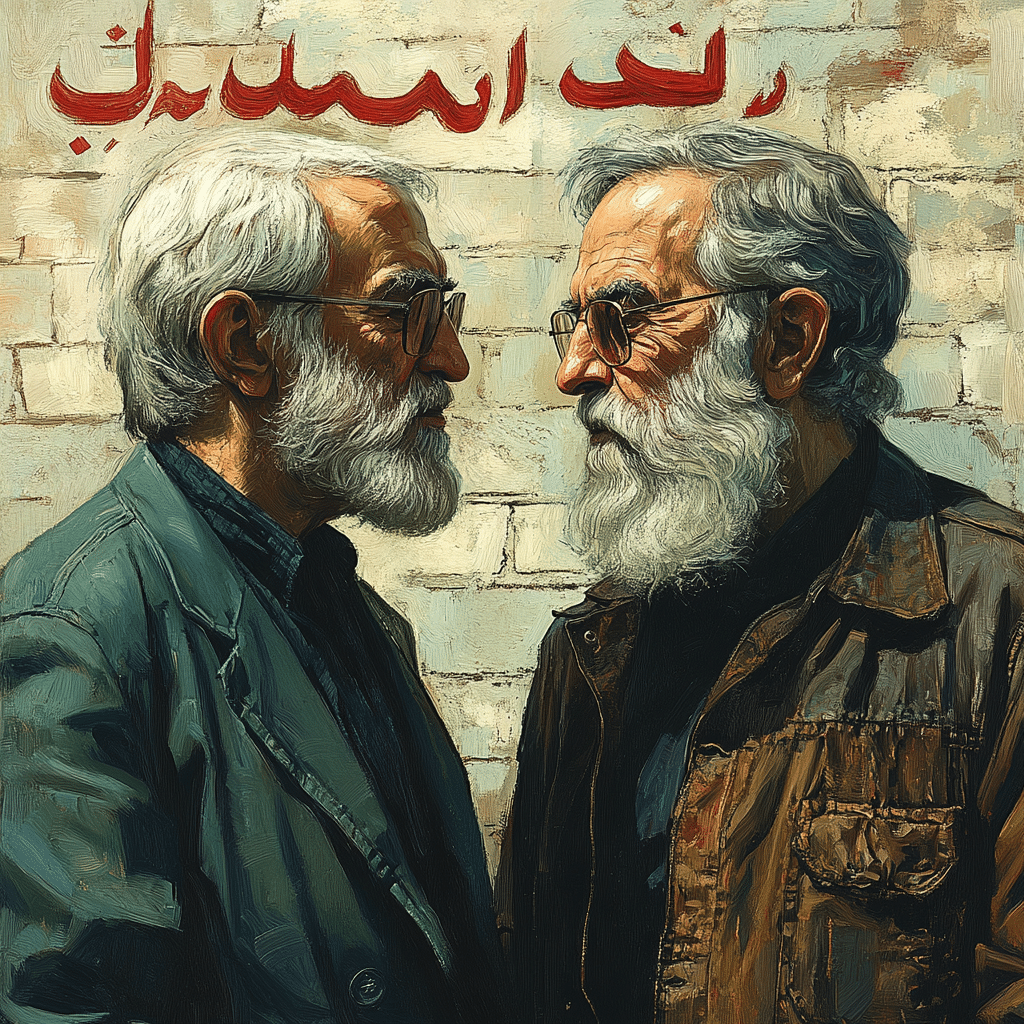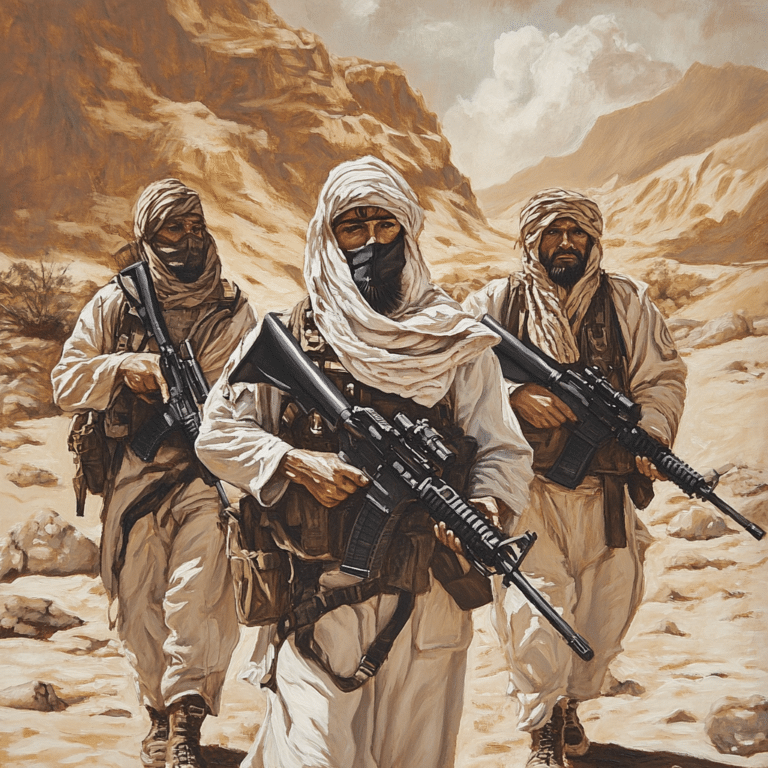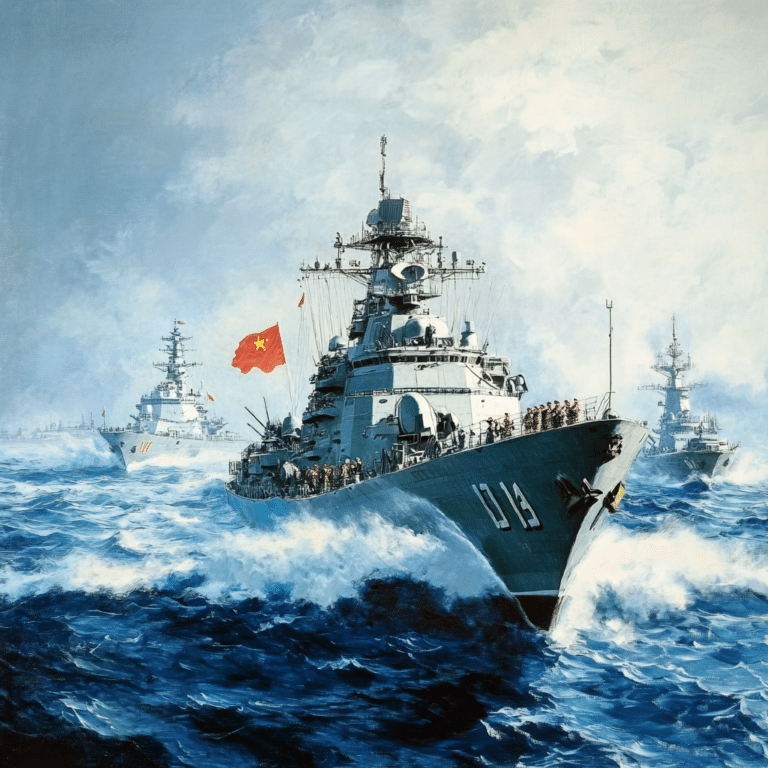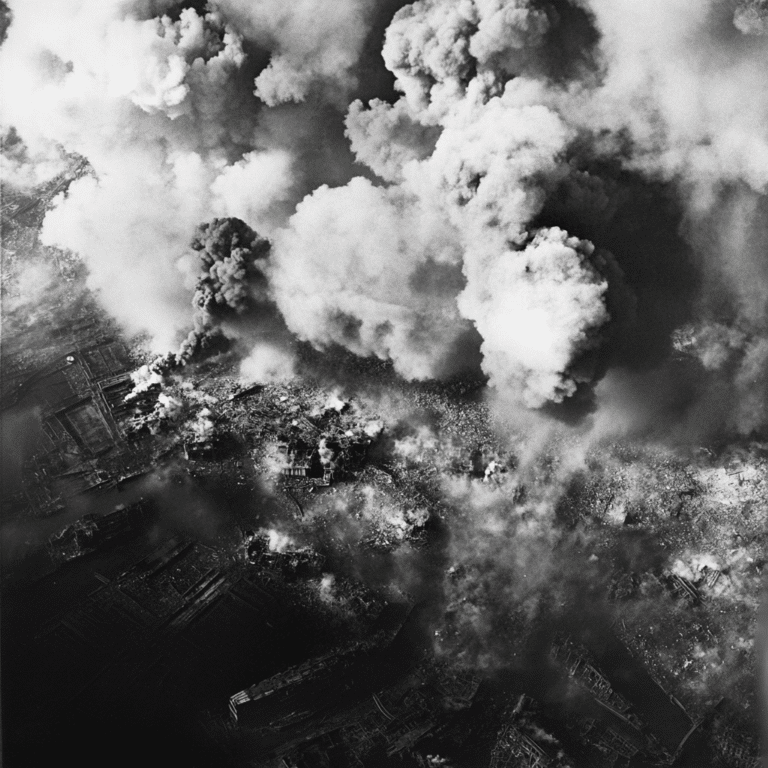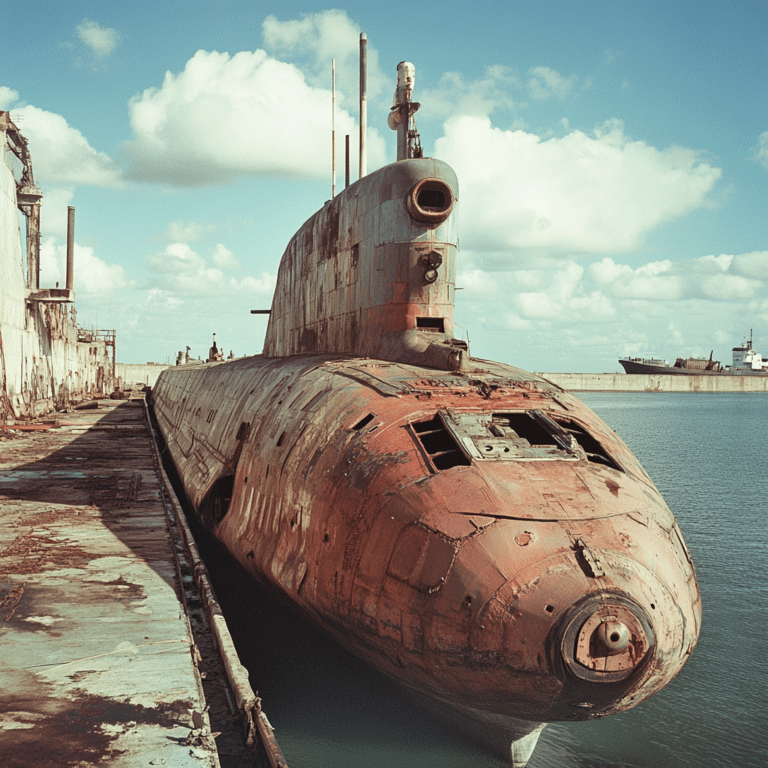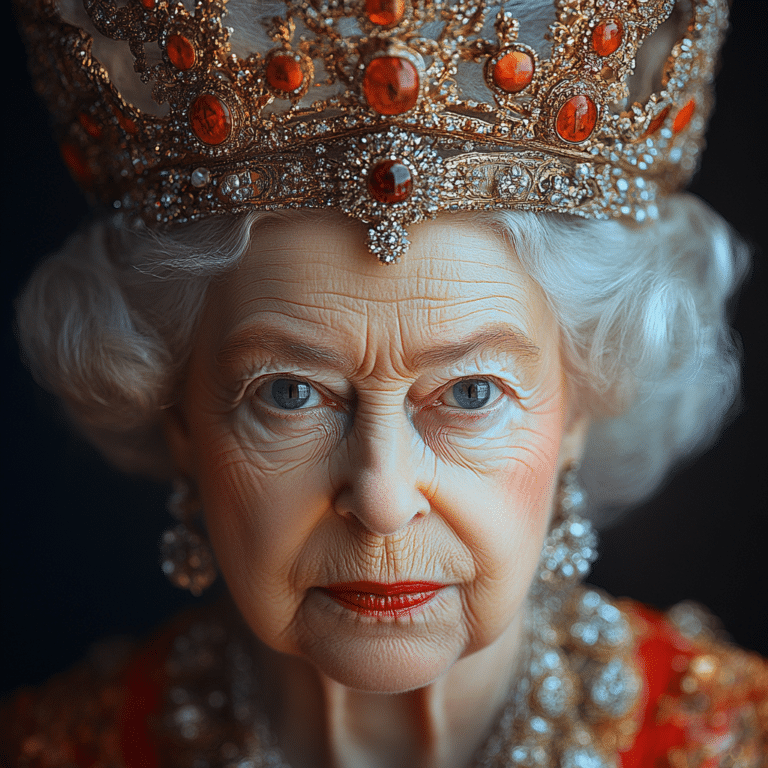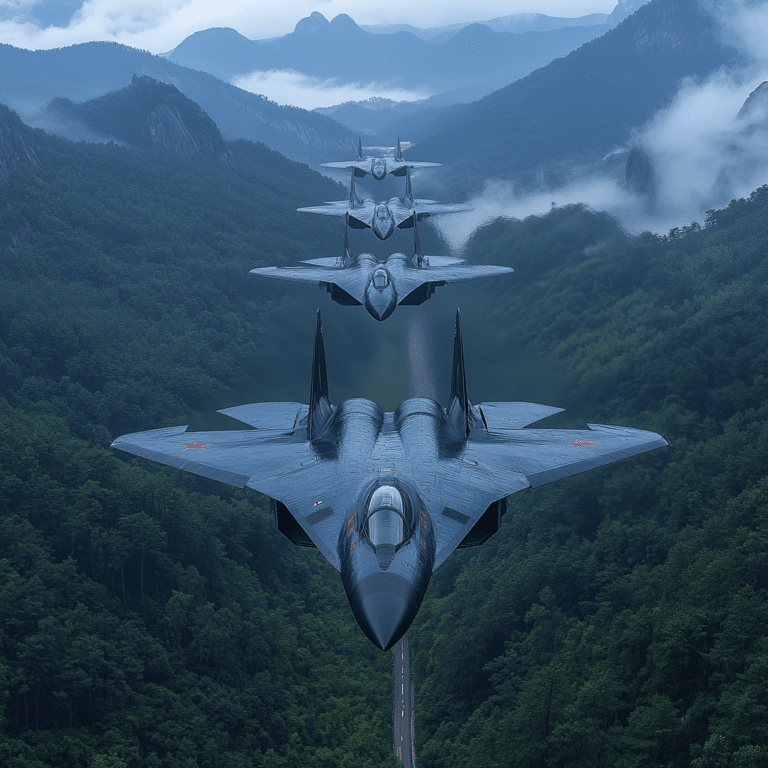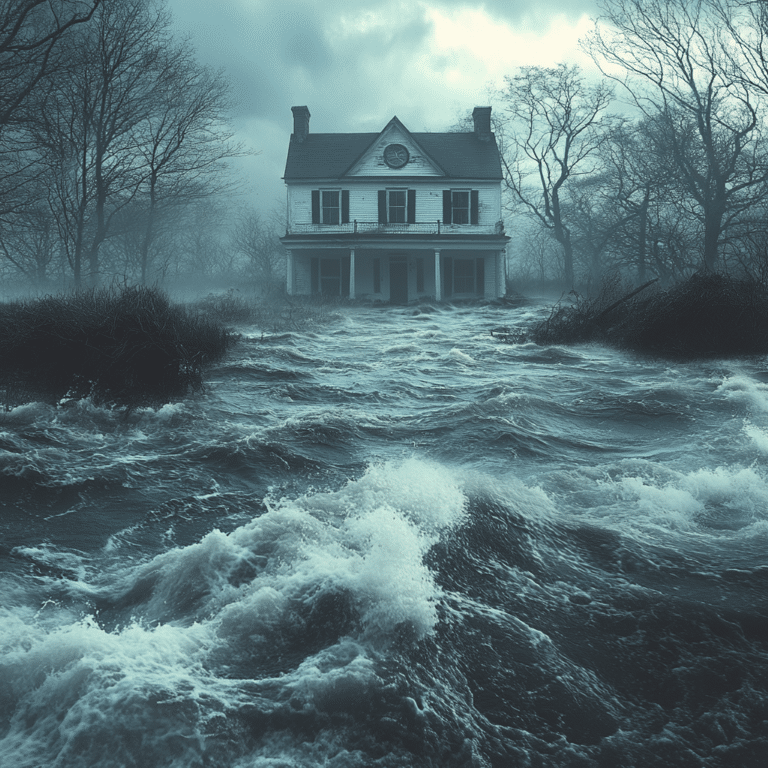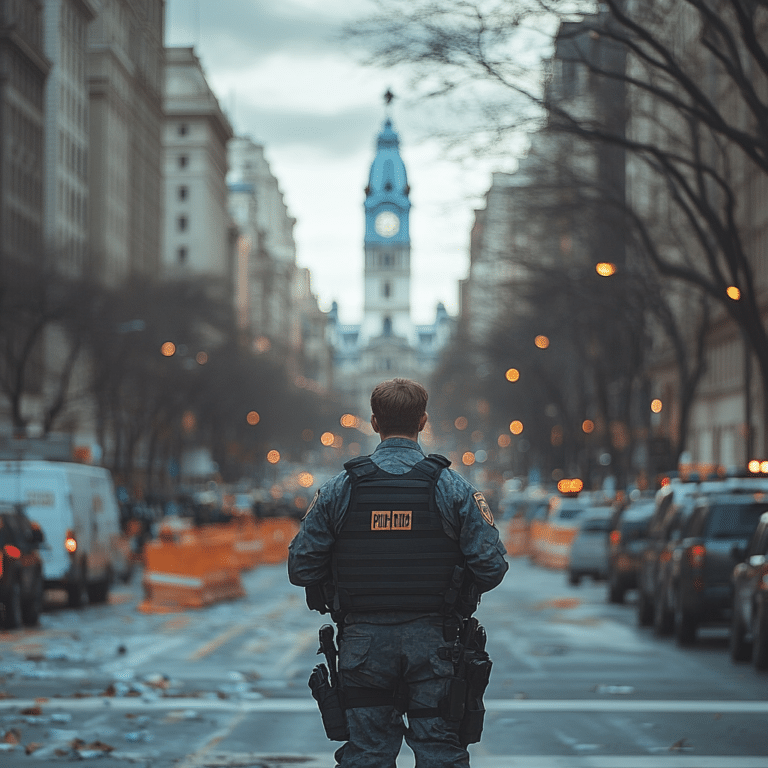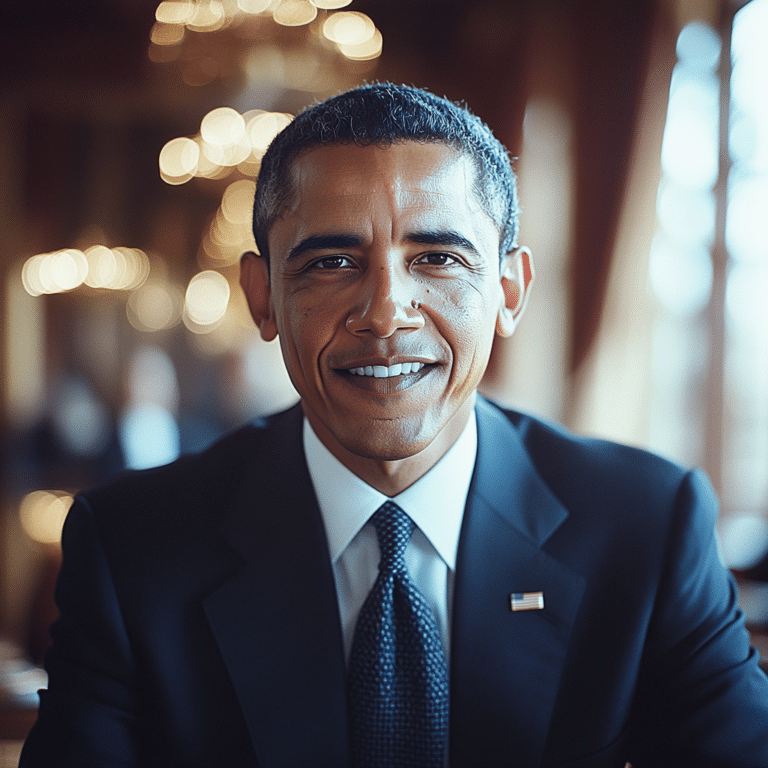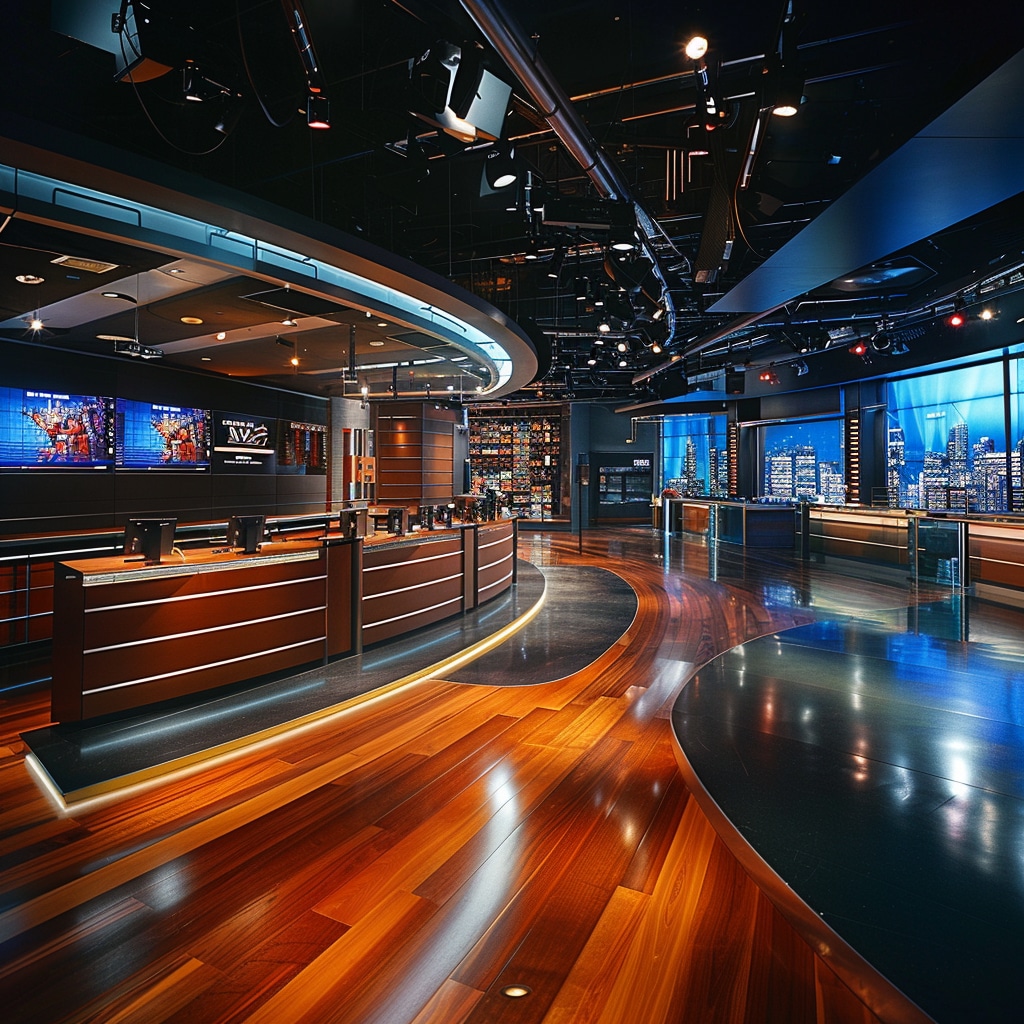Tensions between the US and Iran have dominated headlines for decades, painting a dramatic picture of animosity and discord. The US-Iran relationship has shifted from cautious partnership to a state of outright hostility since the Iranian Revolution in 1979, which ousted the US-backed Shah. Fast-forward to 2024 and the rift shows no sign of easing; instead, it escalates as geopolitical stakes rise. With the world increasingly multipolar, the implications of the rift extend beyond the two nations, impacting global alliances, economics, and even cultural interactions.
The Ongoing US-Iran Historic Diplomatic Rift
The US-Iran relationship has deteriorated significantly over the years, driven by sharply contrasting political ideologies and burgeoning nuclear ambitions. From the initial days after the revolution to the tense moments when the US withdrew from the Iran nuclear deal in 2018, every event has contributed to a quilt of mistrust. The current situation, particularly as of 2024, reflects how deeply ingrained these hostilities have become, complicating both nations’ roles in international politics.
This rift has historical roots, with Iran and the United States having no formal diplomatic relations since April 7, 1980. In essence, the Persian nation has functioned under the protective eye of third-party countries, relying on Pakistan for American interests, while Switzerland fulfills a similar role for Iranian interests. This setup symbolizes a relationship fraught with misunderstandings and antagonisms that have matured over the years, culminating in a cycle of hostility.
The stakes are high: as tensions escalate, the repercussions ripple across the globe. Countries align themselves according to their interests, often turning to allies for support. The array of ideological differences, economic sanctions, and military posturing continually fans the flames of discord, further distancing the two nations. It’s a situation that, unless addressed, could plunge the globe into geopolitical turmoil.
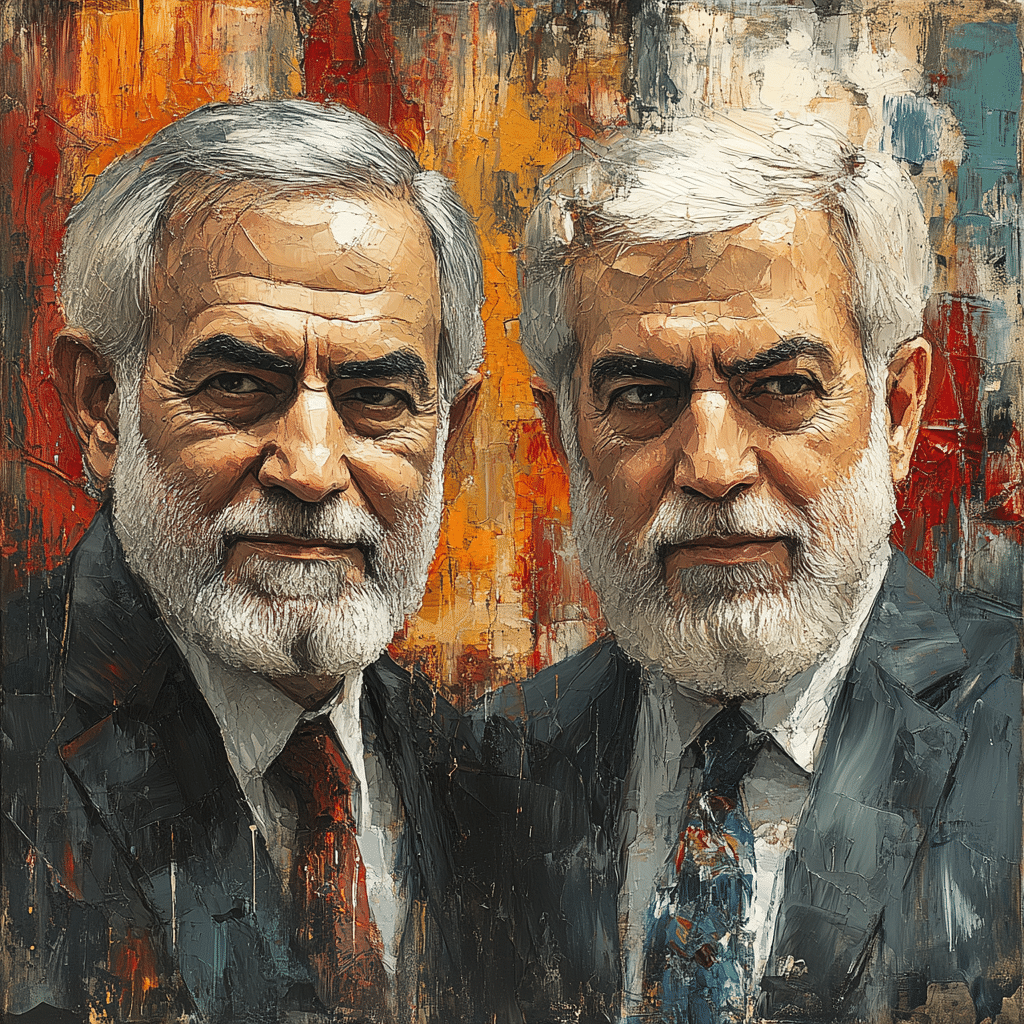
Key Factors Fueling US-Iran Tensions
The Broader Impact on Global Matters: From Soccer Diplomacy to National Pride
US Soccer Narratives Amidst Tensions
Despite escalating tensions, cultural exchanges continue—most notably in sports. A potential US-Iran soccer match could be a game-changer, embodying a narrative of competition that simultaneously reflects politics. The upcoming 2024 Paris Olympics might showcase this duality, marrying athletic excellence with complex national affiliations. This is where US soccer may intersect with Iran’s sporting ambitions, offering prospects for diplomacy even amidst hostility.
Canada Soccer Drone Diplomacy
Interestingly, the specter of Canada soccer intertwines closely with drone technology discussions in international forums. As Canada tries to maintain neutrality while supporting democratic values, it finds itself navigating tricky waters. Conversations around technology transfer and defense strategy bloom between the US and Iran, each championing opposing philosophies.
A South American Perspective: Soccer and its Political Ramifications
South American nations like Uruguay and Argentina soccer have long used the universal language of sports to foster identity and recognition on the world stage. Comments from Zaire Wade highlight how success in soccer can bolster diplomatic identity. As Iran contemplates its international relationships, such narratives could weigh heavily on its own strategies for engagement.
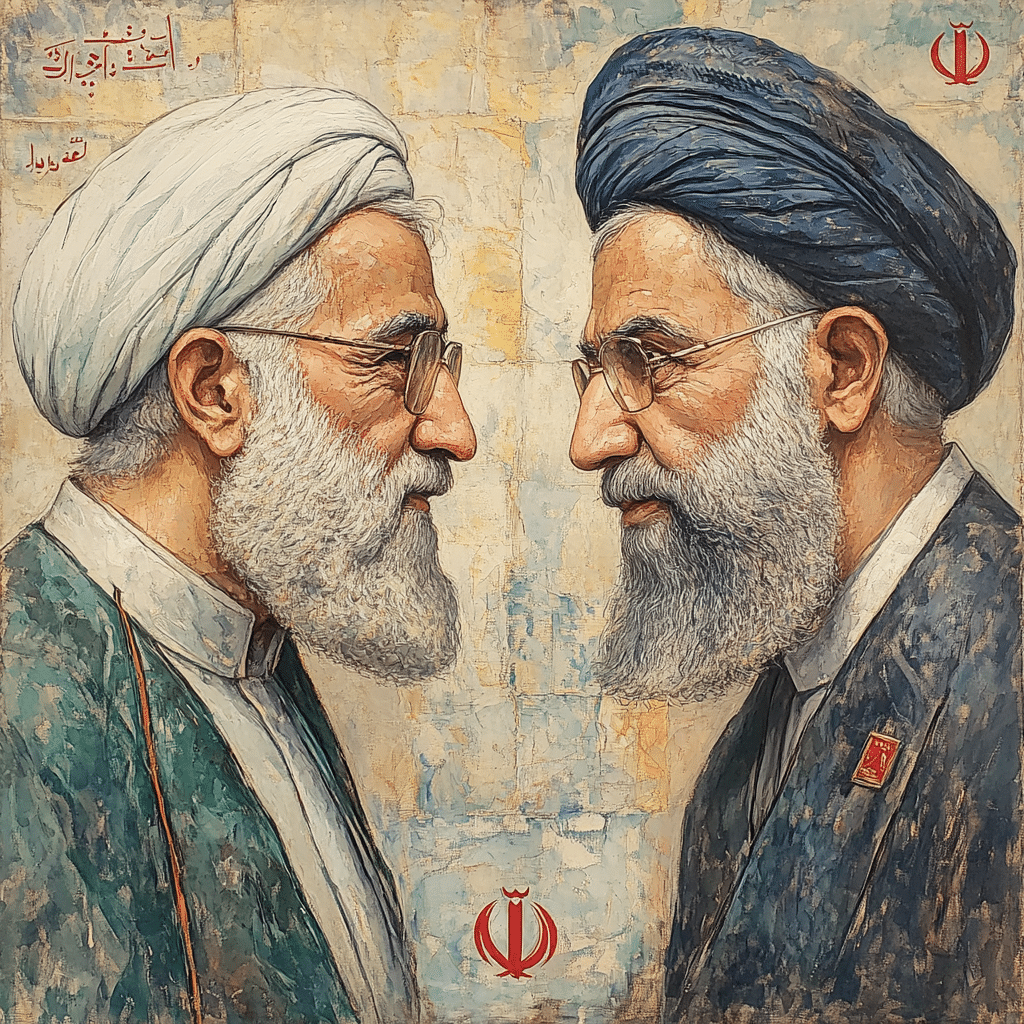
The Future of US-Iran Relations
As 2024 progresses, how the US-Iran tensions play out could redefine not just diplomatic relations but also cultural exchanges that transcend borders. From soccer matches to international summits, unexpected dialogues may thin the barriers of hostility. Seeking common ground through shared interests, like the thrilling excitement of the Olympic Games, could light a path toward easing hostility.
Renewing focus on collaboration could signify the beginning of a drawn-out journey toward reconciliation. While this path remains fraught with tension, the chance for both nations to reevaluate their longstanding adversarial roles offers promise not only for US-Iran relations but also for shaping the future of global diplomatic strategies.
In an era characterized by complexity and shifting alliances, the US and Iran must find ways to recalibrate their relationship. Encouraging an environment where dialogue and outreach are prioritized could yield dividends, signaling possibilities for cooperation in arenas that extend far beyond their tumultuous past. With careful navigation and renewed dialogue, perhaps the strained relations of the past can transform into avenues for collaboration, even across the pitch of a soccer field or within the halls of diplomatic meetings.
US Iran: Fun Trivia and Interesting Facts
A Brief Dive into US Iran Relations
Did you know that tensions between the US and Iran date back to the 1950s? This long history includes events like the 1953 coup, which replaced Iran’s democratically elected Prime Minister with a monarch. Such political chess moves often remind folks of Hollywood figures like Robert Pattinson, who also found himself navigating unexpected circumstances in the film industry. Fast forward to recent years, and the US Iran relationship still faces numerous bumps in the road, much like a bob johnson bet that doesn’t quite pay off as expected.
As these tensions linger, it’s interesting to reflect on unique aspects of each nation. For instance, while the Fifth Amendment garners attention in circles around US laws, in Iran, the concept of rights is significantly different. You could say this contrast highlights the cultural and legal variances that make US Iran relations so complicated. Speaking of complexity, let’s chat about some trivia that reveals the character of both countries beyond politics.
Trivia That Connects US Iran
Do you recall the 1979 hostage crisis? It’s a defining moment in US Iran history that led to a seismic shift in their relationship. Iranian militants stormed the US embassy in Tehran, holding American hostages for 444 days. Interestingly enough, these days were filled with constant media coverage, quite different from how a celebrity like “Zac Efron” tends to attract attention when present at major events. But while Efron’s surprises often revolve around his public life, the US Iran situation brings forth far more significant international repercussions.
When it comes to popular culture, did you know that Bebe Buell once claimed to have had a romantic involvement with an influential figure linked to US Iran relations? Such intersections between culture and politics remind us that engaging stories often lie outside conventional understandings. Finally, as housing prices fluctuate, understanding the housing market’s value, like evaluating your house market value, can shed light on economic ties that persist despite underlying tensions. This web of connections illustrates how, despite differences, nations can sometimes find common ground.
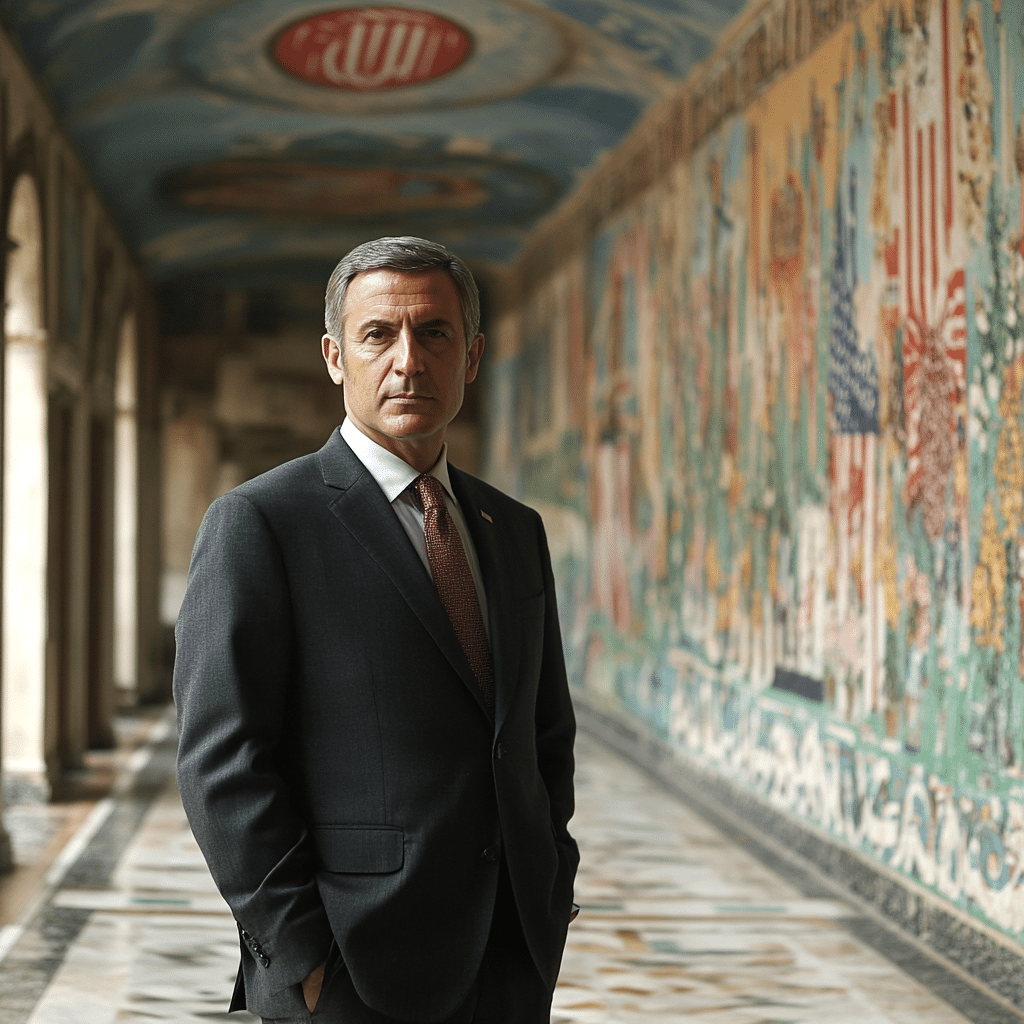
What is the issue between USA and Iran?
The issue between the USA and Iran dates back to 1980 when diplomatic relations were cut off. The two countries have a long history of tensions revolving around nuclear development, regional conflicts, and Iran’s support for groups considered hostile by the U.S.
What US city has the highest Iranian population?
Los Angeles has the highest Iranian population in the United States, particularly concentrated in an area known as Persian Square along Westwood Boulevard, which celebrates the culture and heritage of Iranian-Americans.
Is the US friends with Iran or Iraq?
The U.S. isn’t friends with either Iran or Iraq, but relations with Iraq have improved since the removal of Saddam Hussein. In contrast, diplomatic ties with Iran have been nonexistent since 1980.
What should the US do about Iran?
When it comes to Iran, the U.S. should focus on diplomatic solutions while holding firm on key issues like human rights and nuclear proliferation. Ongoing dialogue could help ease tensions.
Who is more powerful, Iran or the USA?
In terms of power, the United States is generally considered more powerful than Iran, given its military strength, economic resources, and influence on global affairs.
Is Iran an ally of Russia?
Yes, Iran is considered an ally of Russia, particularly in matters of military cooperation and regional influence, especially in the context of conflicts in Syria and support for certain groups.
Why are Iranians so proud?
Iranians take pride in their rich history, culture, and contributions to art, science, and civilization, which fosters a strong sense of identity and community.
Why do so many Iranians live in California?
Many Iranians have settled in California for its economic opportunities, diverse culture, and established Iranian communities, making it a welcoming place for newcomers.
How many Americans live in Iran?
The number of Americans living in Iran is minimal, as the U.S. does not have formal diplomatic ties with Iran, which limits such exchanges.
Is Jordan a US ally?
Yes, Jordan is a U.S. ally, receiving military and economic assistance while also playing a key role in regional stability and peace efforts.
Can Americans travel to Iran?
Americans can technically travel to Iran, but it often involves restrictions and challenges, including the need for special visas and guidelines from the State Department.
Is Iran a democracy?
Iran is not a democracy in the traditional sense; rather, it has a theocratic system where religious leaders hold significant power and influence over the governance of the country.
Who are Iran’s allies?
Iran’s main allies include Syria and Libya, while its relationships with various groups and factions throughout the Middle East can also reflect this alliance. The country faces opposition from several Gulf states and Israel.
Why doesn’t the US want Iran to have nuclear weapons?
The U.S. is concerned about Iran obtaining nuclear weapons because it could lead to increased regional instability and a potential arms race in the Middle East, posing a direct threat to U.S. interests and allies.
Does Iran have nuclear power?
Yes, Iran has nuclear power facilities, which it claims are for peaceful purposes, but there are ongoing concerns about its nuclear weapons potential.
Which U.S. state has the most Iranians?
California, particularly Los Angeles, has the most Iranians in the U.S., with significant communities in cities like Irvine and surrounding areas.
Where is most of Iran’s population located?
Most of Iran’s population is located in its major cities, such as Tehran, Isfahan, and Tabriz, where urbanization has led to concentrated demographics.
Where do the majority of Iranians live?
The majority of Iranians live in metropolitan areas, especially in cities with vibrant cultural and economic opportunities, contributing to a dense urban population.
How many Persian people are in Irvine CA?
While specific numbers can fluctuate, Irvine, California, has a significant population of Persian people, reflecting one of the largest Iranian communities in the area.
What are the threats of Iran to the United States?
Iran poses various threats to the U.S., including support for hostile groups in the region, cyber threats, and its contentious nuclear program, all of which heighten tensions.
What is the conflict between Iran and Israel?
The conflict between Iran and Israel revolves around regional dominance, differing ideologies, and mutual threats, especially concerning nuclear capabilities, military presence, and alliances with opposing groups.
Who are Iran’s allies and enemies?
Iran’s allies include Syria and Russia, while its enemies tend to be Israel, Saudi Arabia, and the U.S., which often align due to geopolitical stakes in the Middle East.
Can Americans travel to Iran?
Americans can travel to Iran, but they must navigate complex regulations and potential risks due to the strained relationship between the two countries.

